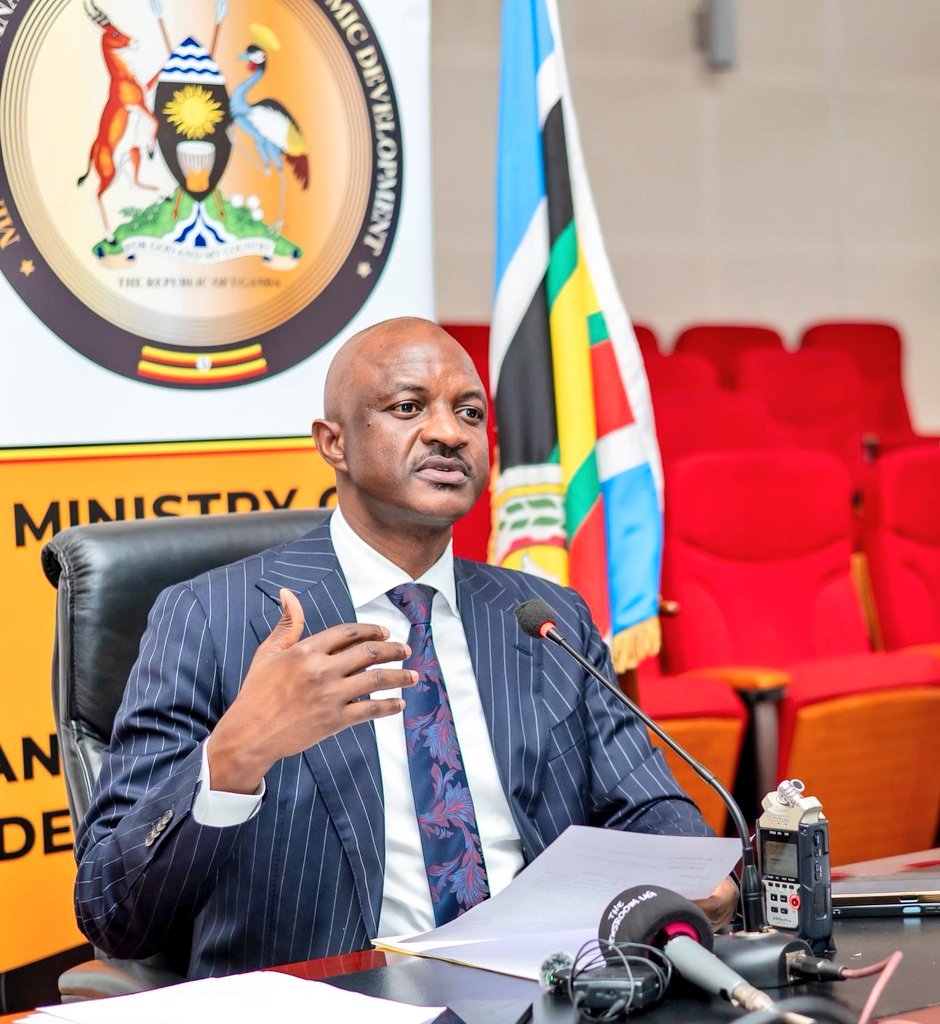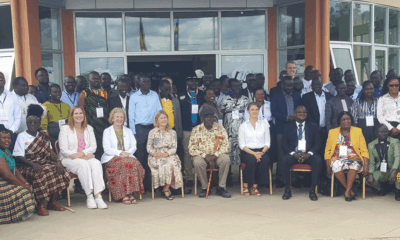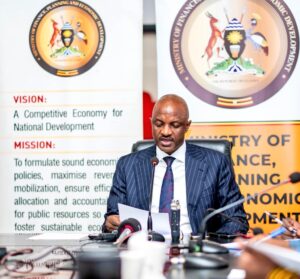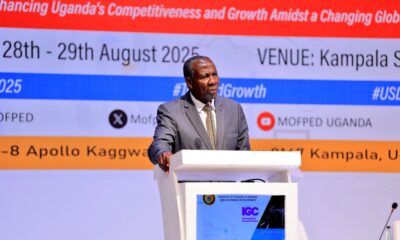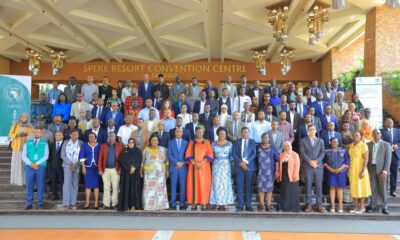Economy
Government Releases UGX 17.18 Trillion for Q1 as Economy Projects 7% Growth in FY 2025/26
The Ministry of Finance, Planning, and Economic Development has released UGX 17.18 trillion to finance government activities in the first quarter (Q1) of the Financial Year 2025/26, representing 23.7% of the approved UGX 72.38 trillion national budget.
Delivering the quarterly update at a press briefing in Kampala, the Permanent Secretary and Secretary to the Treasury, Ramathan Ggoobi, said the funds will enable smooth continuity of government programs, particularly those aligned with Uganda’s Ten-Fold Growth Strategy focused on Agro-industrialisation, Tourism, Minerals, and Science and Innovation (ATMS).
“Our budget is designed to accelerate growth and improve service delivery through efficient resource allocation. This Q1 release is a strong step toward that commitment,” Ggoobi said.
Economy Remains Resilient, GDP to Hit 7% in FY 2025/26
Ggoobi revealed that the economy remains on a robust growth trajectory, recording an average GDP growth of 6.9% in the first three quarters of FY 2024/25. Uganda’s real GDP is projected to grow at 7% in FY 2025/26 and reach double digits in the medium term.
The nominal size of the economy grew to UGX 226.34 trillion (USD 61.3 billion) in FY 2024/25, up from UGX 203.71 trillion (USD 53.9 billion) in FY 2023/24.
Inflation remains stable at 3.9%, and the Ugandan shilling appreciated by 1.3% against the dollar in June 2025, making it one of Africa’s best-performing currencies. Uganda’s exports also jumped by 39.1% to USD 2.6 billion in Q3, narrowing the trade deficit by the same margin.
“These gains are supported by increased remittances, improved export performance, and strong macroeconomic management,” Ggoobi said.
Here is the breakdown of expenditures for the first quarter, based on the UGX 17.18 trillion that was released:e UGX 17.18 trillion that was released:
- UGX 2.26 trillion will cater for wages across the government;
- UGX 4.49 trillion is allocated to non-wage recurrent expenses;
- UGX 6.92 trillion is for debt and treasury operations;
- UGX 2.71 trillion is earmarked for externally funded development.
- UGX 692.8 billion will fund domestically financed development projects.
Key statutory institutions will receive:
- UGX 249.38 billion for Parliament,
- UGX 468.72 billion for the Electoral Commission,
- UGX 143.75 billion for the Ministry of Education and Sports, including funds for the Uganda Learning Acceleration Project (ULEARN),
- UGX 173.96 billion for National Medical Stores for essential medicines, and
- UGX 262.88 billion for the Ministry of Health infrastructure projects.
Local governments will receive UGX 382.03 billion, while the Ministry of Works and Transport will get UGX 1.08 trillion, largely to finance ongoing road projects.
Support for Artists, Creatives and Scientists
In a notable boost to Uganda’s creative and innovation sectors, UGX 139.13 billion has been released to support Science, Technology, and Innovation programs. Of this, UGX 33 billion will directly benefit artists through the Ministry of Gender, Labour and Social Development.
However, Ggoobi has also issued directives to all Accounting Officers to prioritise timely salary and pension payments and ensure government obligations are honoured in Ugandan shillings.
“No recruitment should be made without clearance from the Ministry of Public Service,” he warned. “We must eliminate the accumulation of domestic arrears and stick to budget commitments.”
He also encouraged officials to convene finance committee meetings to set Q1 priorities in line with approved budget ceilings.
“Let us all be guardians of this budget. We’re counting on the media and the public to ensure these resources achieve their intended impact,” Ggoobi said.
Comments



